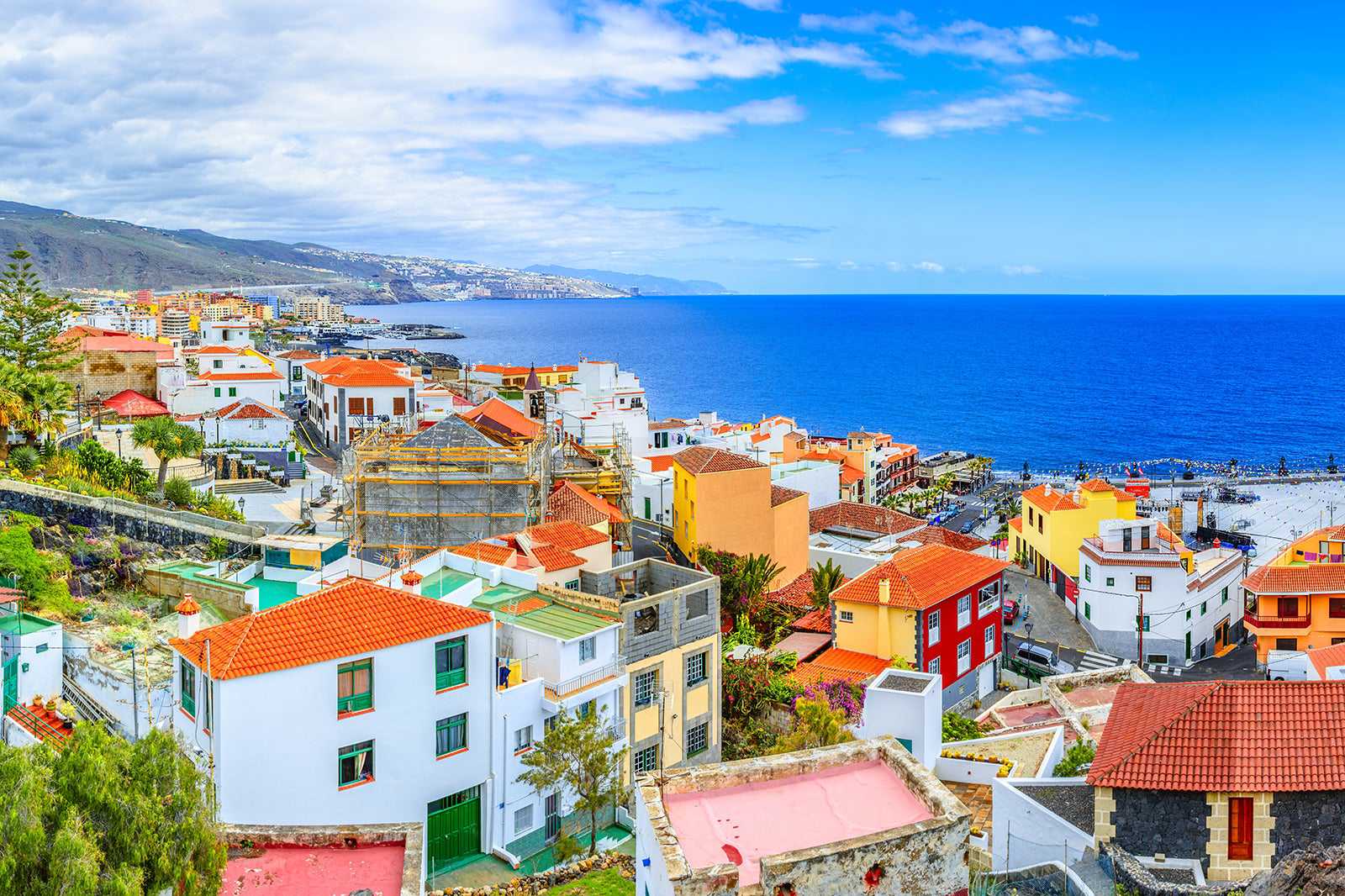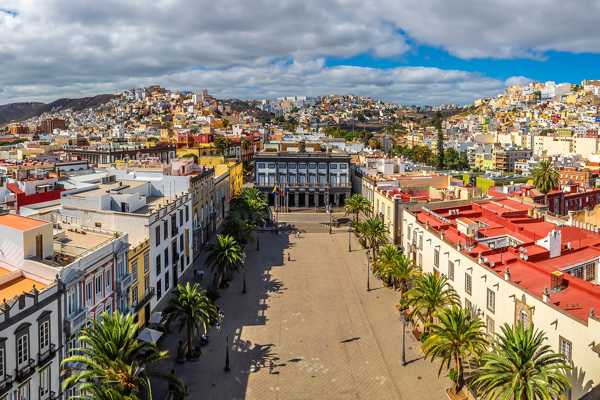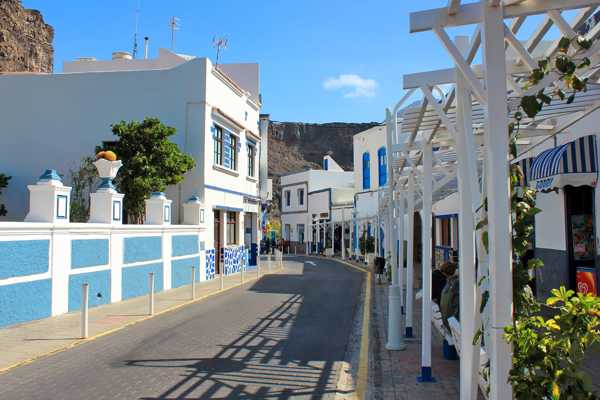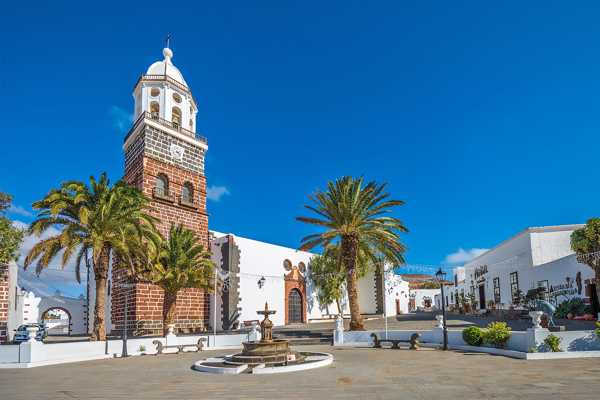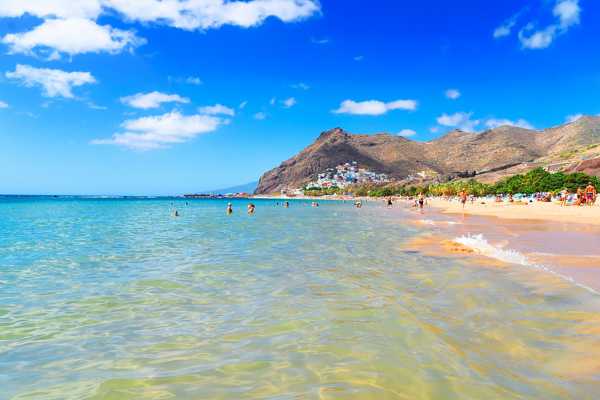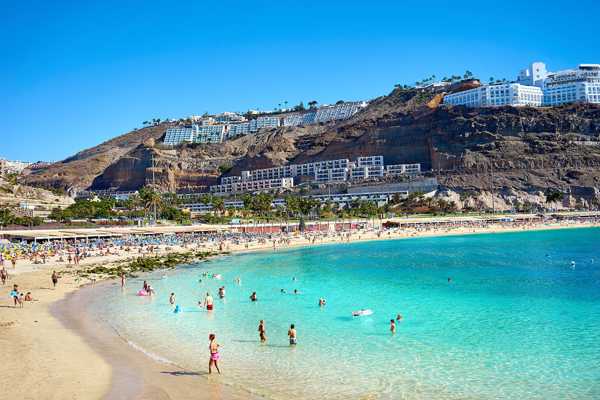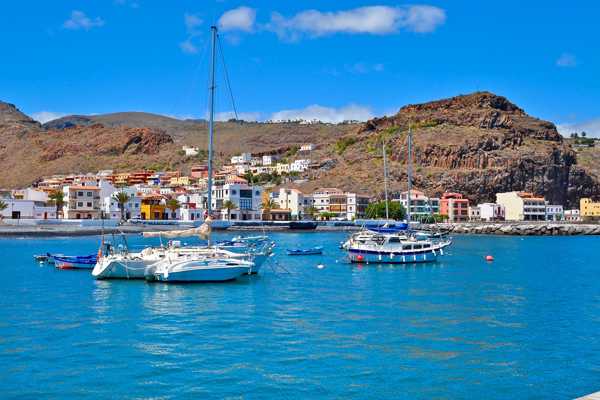The Atlantic archipelago of the Canary Islands shows just how much this part of Spain has to offer. Many choose the islands for their attractive beaches and a mild winter climate that facilitates year-round tourism. But there’s a lot more to the Canaries than just sun, sand and surf.
The volcanic activity that created the islands in the first-place manifests itself in dramatic natural landscapes – hiking trails with jawdropping views snake through the mountainous interiors. Over the centuries, the culture that has evolved has only added to the region’s charm, with a rich heritage in food, language and traditions. Here, we help you find out which of the main islands of the Canaries would be the best fit for you.
- 1
Tenerife… if those boots of yours were really made for walking
The largest of the Canaries boasts a plethora of hiking trails
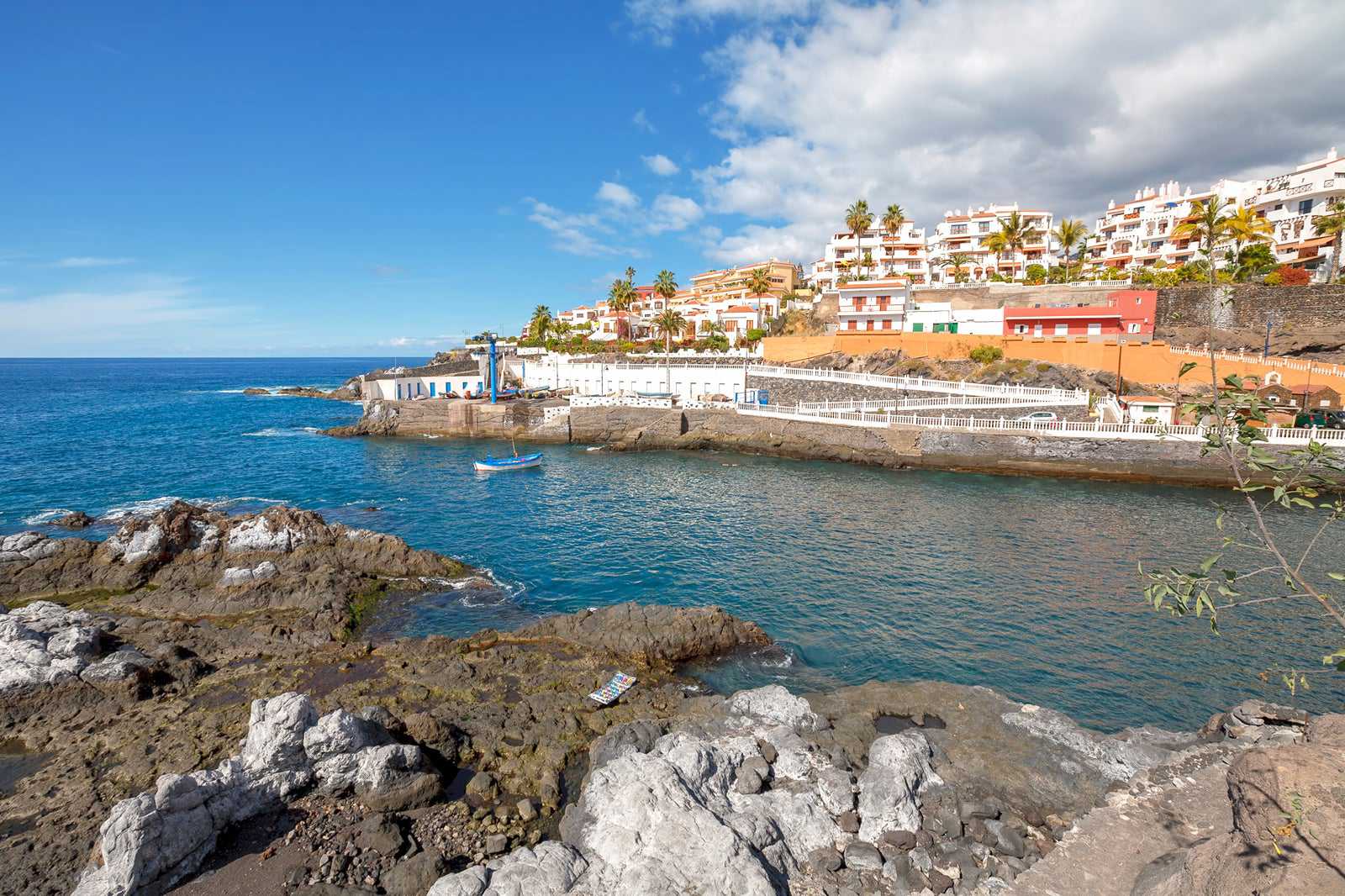
- Macera
- Fotoğraf
The magic of Tenerife, the largest and most populous of the Canary Islands, is in its diversity. Sure, it has some great beaches, but it also boasts world-class golf courses, sophisticated boutique hotels, and family-friendly resorts. But it’s the mountainous interior that’s the standout, something that hasn’t escaped the attention of the hiking community.
Walkers arrive in droves to walk the island’s trails, making the most out of the 300 days of sunshine the place gets each year. Among the best are the basalt tracks through the flora-rich Santiago Valley in the south of Tenerife and the strenuous climb that leads to El Palmar from Teno Alto, which rewards with superb views over the Teno Mountains.
Both promise a glimpse of Mount Teide, Spain’s highest peak, but for a closer look, take the Roques de Garcia trail. This easy, 2-hour loop passes the rock formations of Los Roques as well as a tongue of cooled lava known as La Cascada (The Waterfall) and a volcanic “chimney” exposed by erosion called La Catedral (The Cathedral).
Harita - 2
Gran Canaria… if you’re a night owl
Stay up late to appreciate what this island can offer
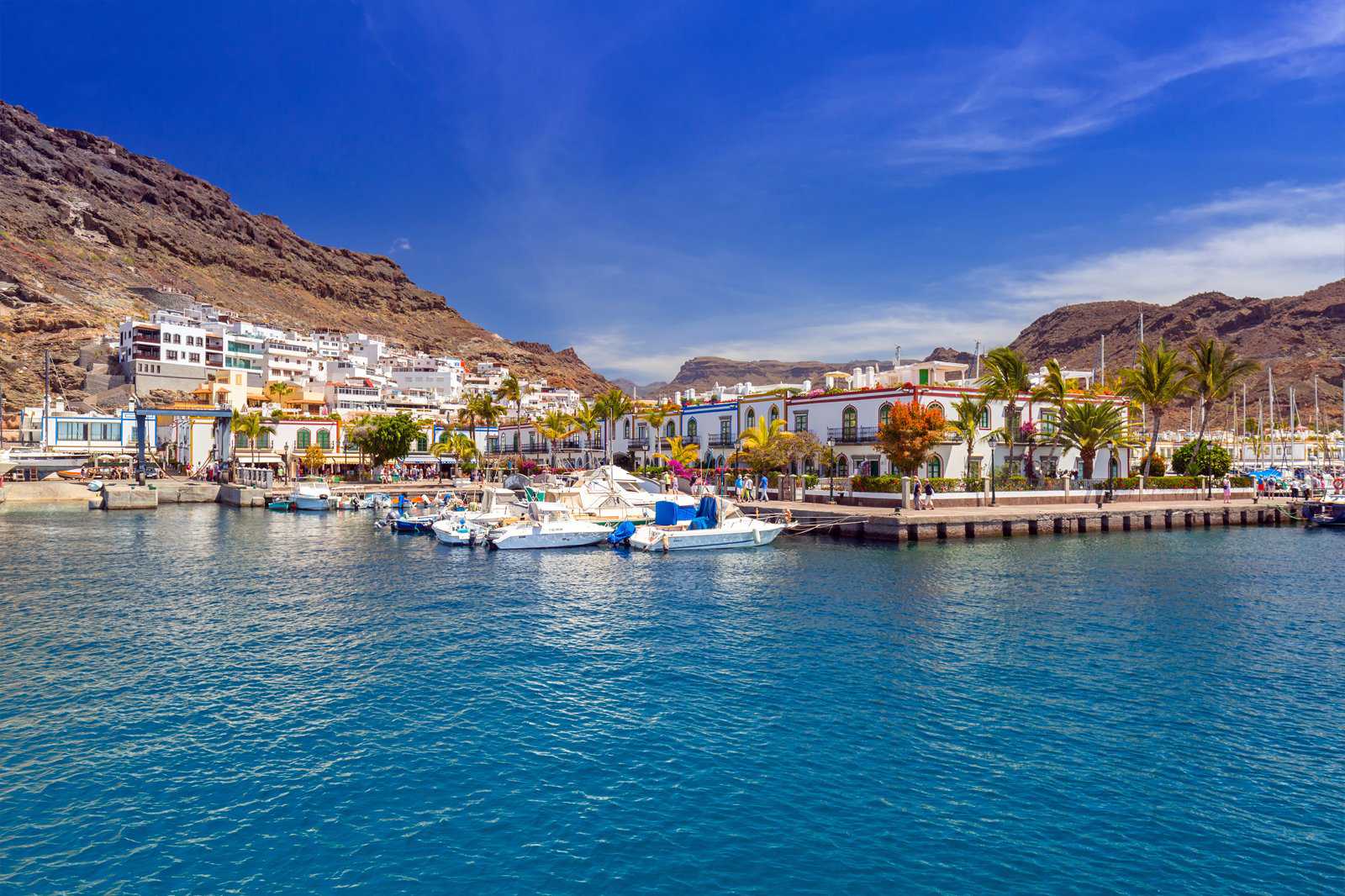
- Gece Yaşamı
Lively Las Palmas on Gran Canaria is the capital of fun and is guaranteed to please clubbers and party animals. Adjust your body clock: to fit in, you’ll have to go out late – nothing much gets going until midnight – and roll into bed at a time when you’d usually be having breakfast.
Kick things off with a Thursday tapas crawl in Vegueta, Las Palmas’ characterful old town Las Palmas. Move on to the bars of the buzzing Plaza de España in the Mesa y Lopéz district or track down live music at one of the city’s many venues hosting an eclectic mix of rock, pop and jazz performers.
Night owls will feel equally at home in the big resorts of Maspalomas and Playa del Ingles in the south, where there’s so much going on, it’s impossible to get bored. Ask around to find out where’s hot and where’s not, though a perennial favourite is the Ibiza import, Pacha. One thing’s for certain: accept a flyer from the street hustlers and you won’t need to pay to get in.
Harita - 3
Lanzarote… if you live and breathe art
Once denigrated and disparaged, this island is a must for art-lovers
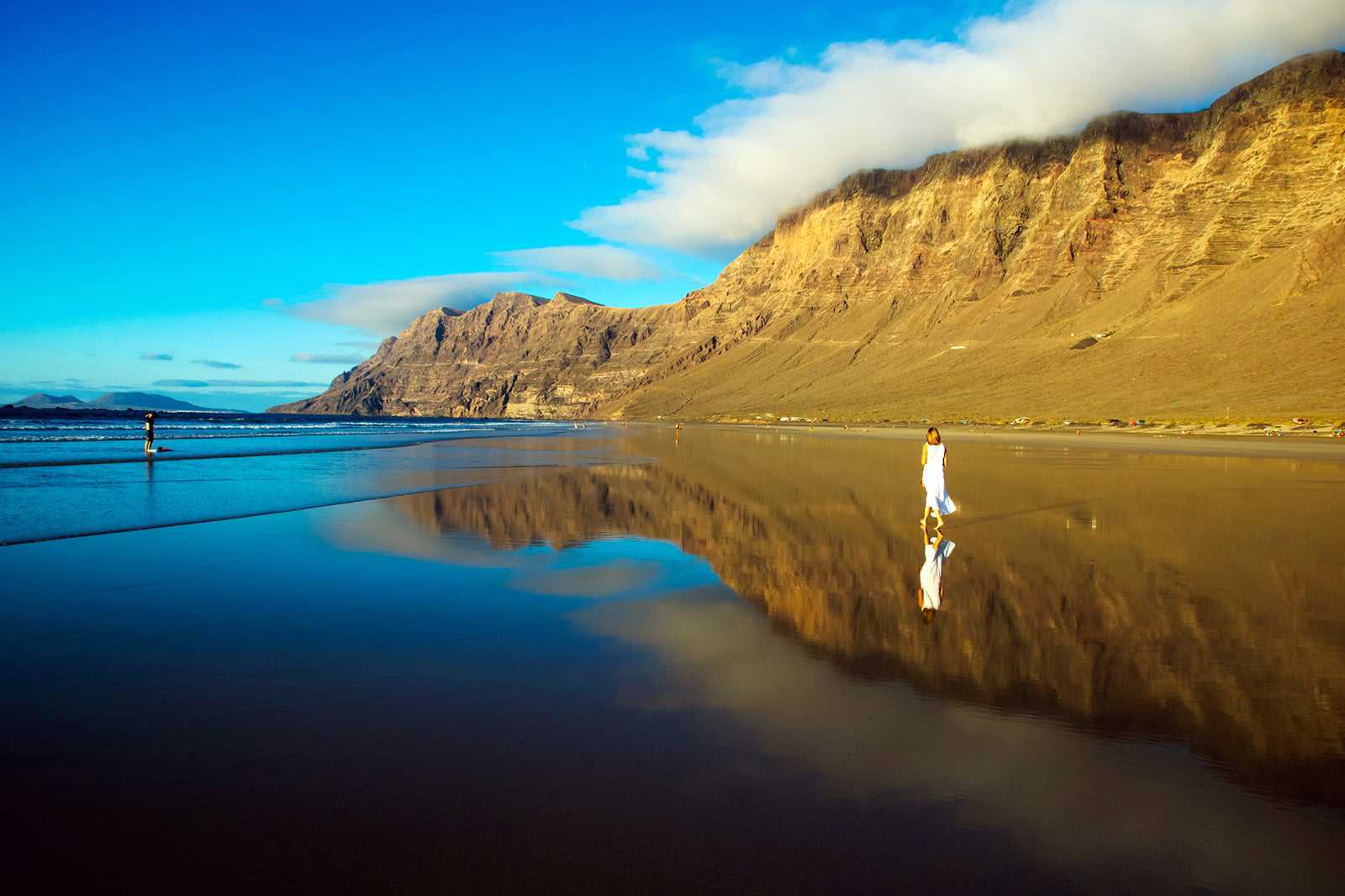
- Fotoğraf
- Sıra dışı
The island they once dubbed ‘Lanzagrotty’ has come a long way – Lanzarote is cool again. The derogatory term is about as relevant now as expecting to see holidaying Essex girls wearing white stilettos.
Instead, the place has a distinctly arty, even hipster feel. And at the heart of it is the work of one man: César Manrique. The work of this artist, sculptor and architect can be seen throughout the island, even in the unlikeliest locations – like its roundabouts, for instance.
Don’t miss César Manrique’s wonderfully creative home, now open to the public. It’s built into 5 hollow lava bubbles and cooled lava even spills through a window frame. Also visit the Jameos del Agua, a collapsed lava tube cave whose sublime acoustics are perfect for hosting classical music concerts.
Manrique once said: “Lanzarote is like an unframed, unmounted work of art and I hung it and held it up for all to see.” And he was spot-on: the rugged, raw beauty of Lanzarote is perhaps the greatest work of art of all.
Harita - 4
La Gomera… if you consider yourself a foodie
Delight in the flavours of La Gomera’s traditional dishes
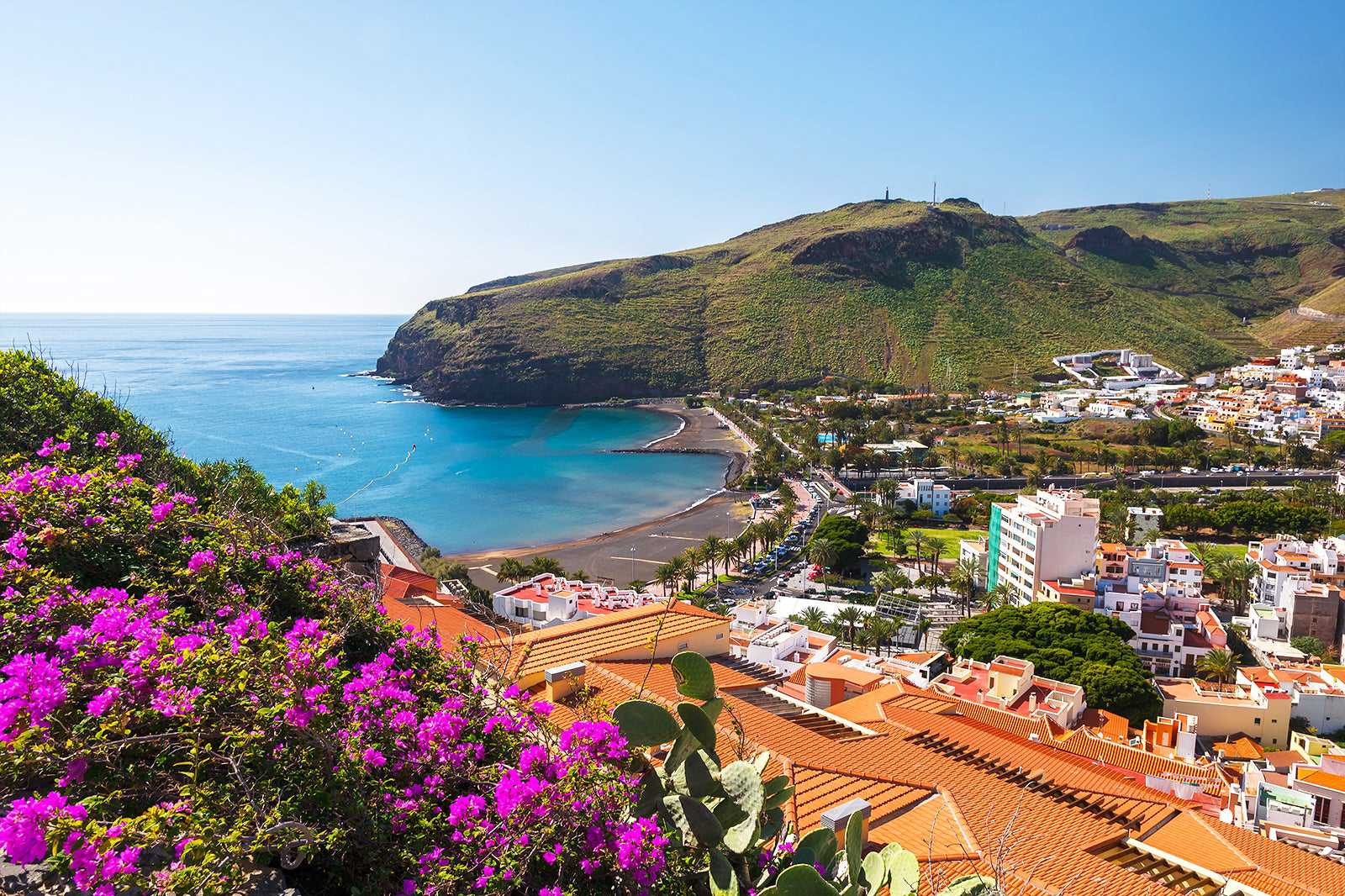
- Macera
- Yemek
- Sıra dışı
On La Gomera, gastronomy mirrors geography – the signature dishes of the interior and the coast couldn’t be more different despite this being an island just 15 miles wide.
This is slow food at its best, from freshly grilled tuna and hearty cazuela (fish stew) served by the ocean in the island’s capital San Sebastián to the cress soup and rabbit smothered in the tomatoey salmorejo sauce that’s dished up inland.
In Las Rosas restaurant in Agulo, you’ll hear the staff whistling to each other. This unique form of communication is known as el silbo, recognised by UNESCO in 2009 as a masterpiece of the Oral and Intangible Heritage of Humanity.
Originally, Gomerans would have used it to exchange messages across the island’s deep ravines and valleys, a kind of Spanish through whistles. Think of it like stepping into a Clangers cartoon, except the food will be a whole lot tastier than blue string pudding.
Harita - 5
La Palma… if you’re a nature lover
The Pretty Isle really does live up to its name
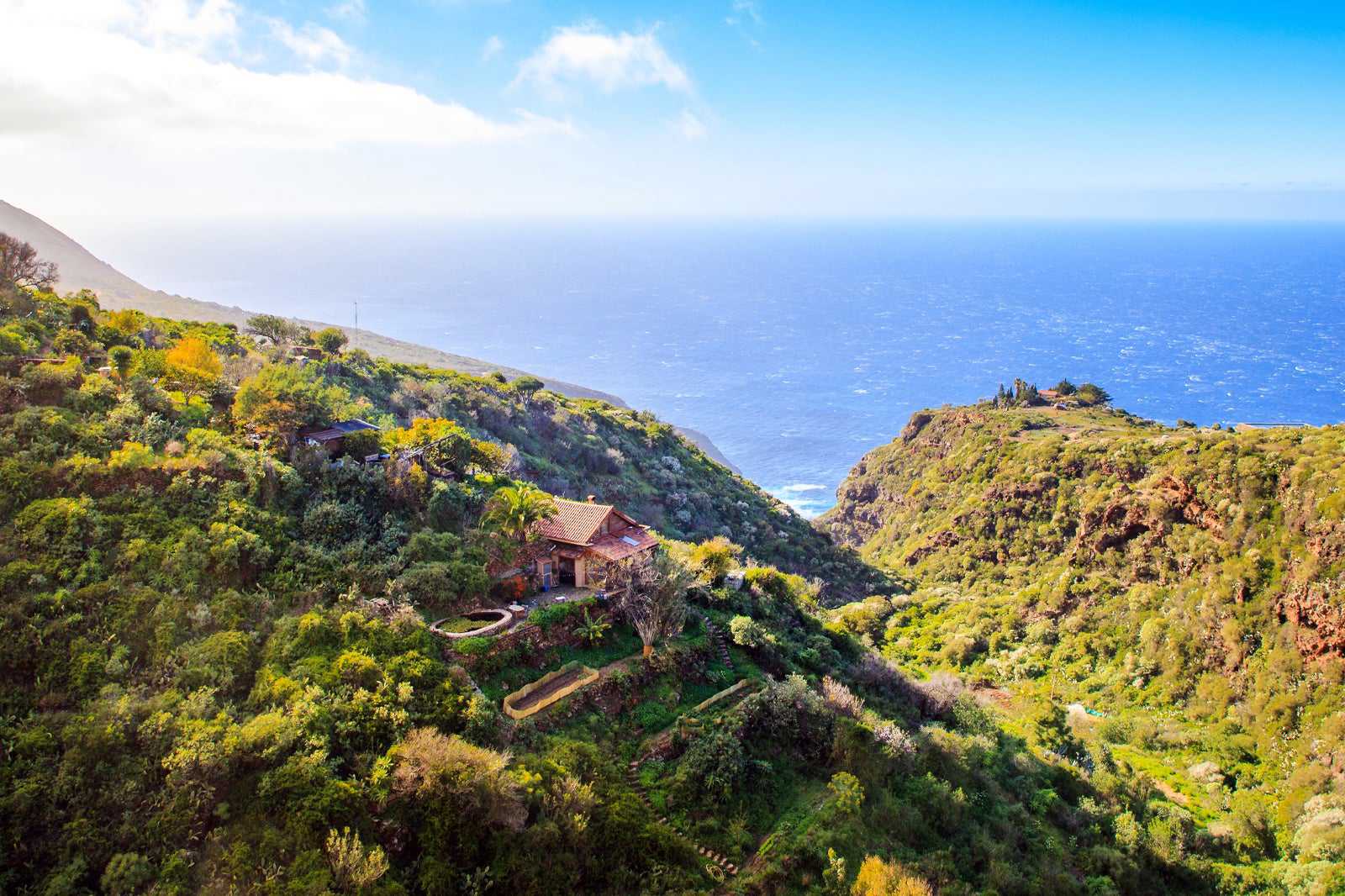
- Macera
- Yemek
Residents of La Palma like to call their island La Isla Bonita and it’s an epithet which is thoroughly deserved. It might not be the one Madonna sang about – that was Ambergris Caye in Belize – but the Queen of Pop should take note: if anything, it’s even prettier.
Hike to hidden waterfalls through the lush Los Tiles forest or swap those laurel trees for the pines that cover the sun-baked Caldera de Taburiente. Miles of salt flats and the parched yet striking terrain near the Fuencaliente volcanoes draw visitors to the south.
A scenic drive up to the summit the island’s highest peak, Roque de los Muchachos, requires concentration, both for the vertiginous drops and the spectacular views. The thrills continue after the daytrippers have left: this is the home of La Palma’s astronomical observatory and the dark sky glitters with stars after sundown.
Harita - 6
Fuerteventura… if fly and flop is your idea of heaven
Its dune-backed beaches are world-class
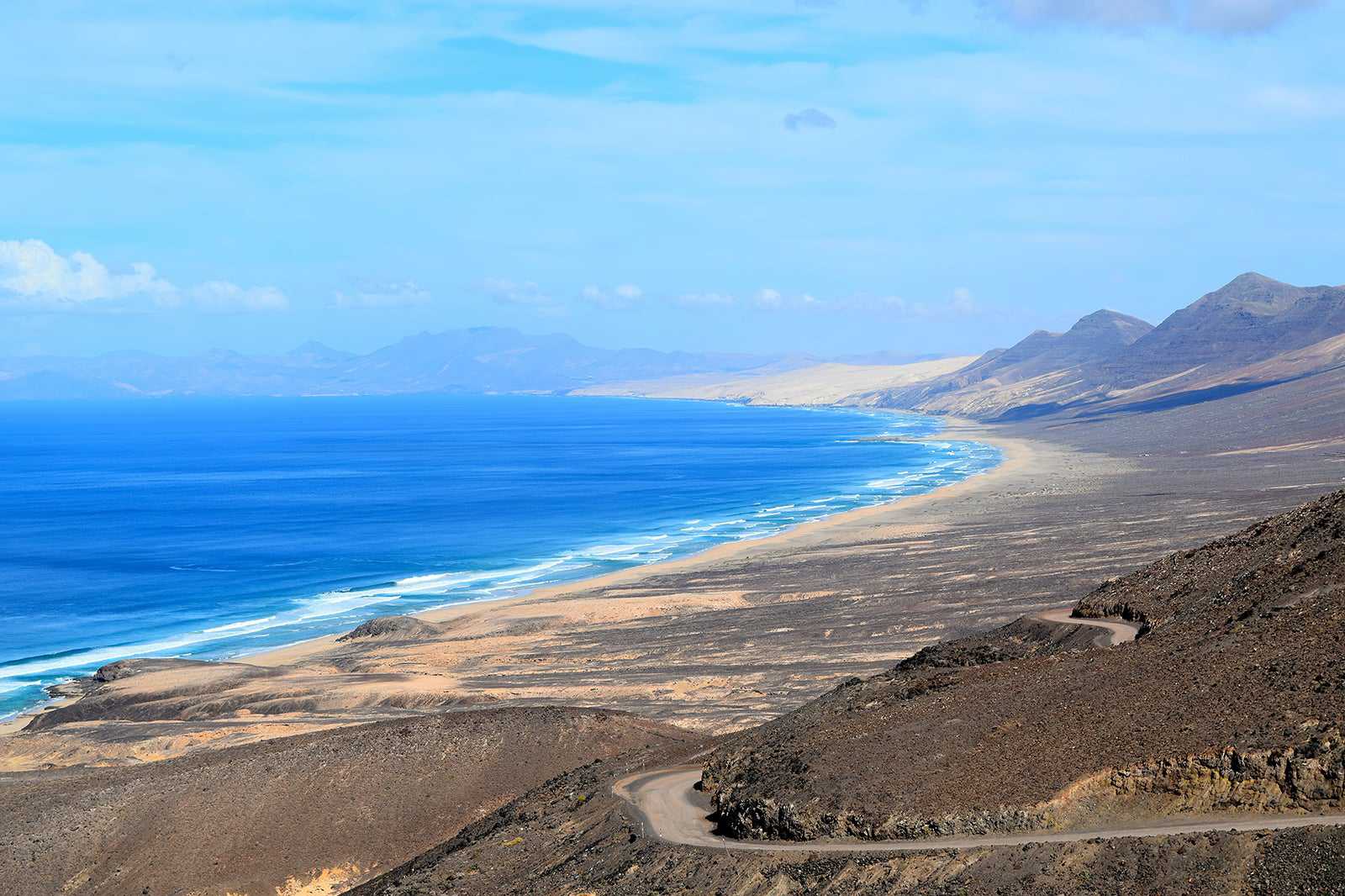
- Macera
- Ekonomik
- Fotoğraf
There’s no denying that the fly and floppers rejoice in the Canary Islands and the darling of that package holiday crowd is Fuerteventura. Towering sand dunes line vast swathes of bleached white sand.
Beaches don’t get much better than at Playa Grande on the outskirts of Corralejo, boasting over 6 miles of continuous sand and uninterrupted views across to Isla de los Lobos. (Translated, it means Wolf Island, but the titular wolves were actually a colony of monk seals, now sadly no longer in residence.)
Perhaps even more stunning is the oh-so-Instagrammable turquoise lagoon off Sotavento Beach and rival Cofete Beach with its backdrop of mountains tumbling almost down to the shoreline. The coast of Fuerteventura is blessed with a cooling breeze, making it an ideal choice if you’re keen on water sports of any description. Surfers, kayakers, windsurfers, snorkelers and stand-up paddleboarders can all find their perfect spot here.
Harita - 7
El Hierro… if you like to do things a little differently
Don’t rule out El Hierro on account of its diminutive size
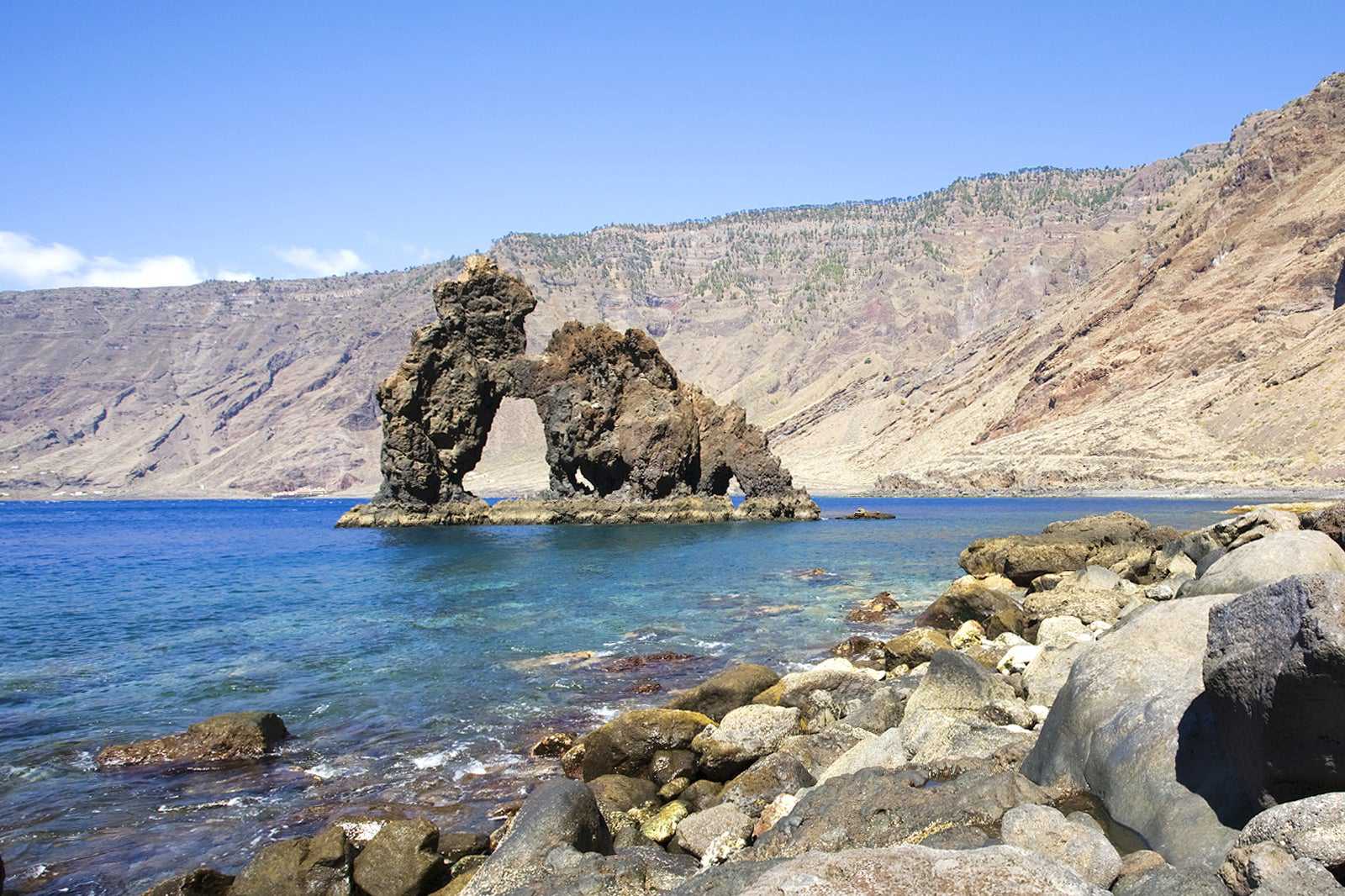
- Macera
- Tarih
- Fotoğraf
With more volcanic cones than any other island in the Canaries, tiny El Hierro punches above its weight. The Lobo Negro vent last burst into action in 1793, but a submarine eruption just offshore of the village of La Restinga made locals nervous a few years back. For now, the danger has subsided, and the island’s critically endangered population of giant lizards can go back to snoozing in the sun.
You can learn more about them at the Lagartario, which is attached to the Ecomuseo de Guinea. The sanctuary and breeding centre works hard to reintroduce these creatures into the wild. Visit after 11am – the lizards are as hard to wake as a grumpy teen on a Sunday morning. The Ecomuseo has 20 or so houses once used by the Bimbaches, indigenous to the island before the Spanish conquest.
Harita
